Top 10 Archival Storage Solutions for Family Heirlooms
Top 10 Archival Storage Solutions
Family historians often end up with family heirlooms and documents that need archival storage.
Short on time? This week’s video is just 20 minutes and packed with the archival solutions you need. The video premieres on Thursday and features a live chat.
Watch the live premiere of this week’s video and participate in live chat with our Genealogy Gems YouTube channel subscriber family. (Subscribing to our channel is free. Click the red Subscribe button on the video page on our channel.)
Thursday, December 9, 2021 at 11:00 am CT
(calculate your time zone)
Length: 24 minutes
Three ways to watch the show:
1. Video Player (Live) – Watch the video premiere at the appointed time in the video player above.
2. On YouTube (Live) – Click the Watch on YouTube button to watch live at the appointed time at the Genealogy Gems YouTube channel. Log into YouTube with your free Google account to participate in the live chat.
3. Video Player above (Replay) – Available immediately after the live premiere and chat.
Episode 81 Show Notes
Download the ad-free show notes It includes a special supply checklist that can be printed out as a single page. (Premium Member log in required. Not a Premium Member? Become a Genealogy Gems Premium Member.)
(Please note: This interview transcription has been minimally altered for ease of reading and clarity.)
Lisa: I’d love to talk about the archival supplies we need. Because obviously, to complete a task and do a good job of it, we got to have the right tools. That’s certainly true when it comes to archiving. You’ve got 10 of your top tools that I know that you’ve used as an archivist. What is number one?
1. Archival File Folders
Denise: The first thing has to be archival file folders. They are not terribly expensive. And really, what you want to do is put your item, whatever it is, in the highest quality folder or box or something to protect it right away. But since most of us have pictures and paper, a file folder really is a good place to start.
Denise recommends these archival file folders.
Lisa: That sounds great because often other family members are giving us things, and we may not have time to deal with it right then and there. It sounds like this would be a very safe place to put it.
Denise: It is. You can purchase them in a box of 50 or 100. If you have a lot of items or just 10 or a dozen folders, it really can scale to suit whatever the size of your archives might be.
We really do need to take that extra step and seek out acid-free, lignin-free archival file folders. The kind you buy at the office supply store are just not the quality you need to preserve your papers and your photos. You can actually cause more damage if you put things in those.
Lisa: Because there’s probably acids in those, right?
Denise: Right, because the regular office supply ones, particularly the kind that are just for regular office use, they have so much acid in them that they can cause your item to deteriorate even more.
Lisa: Okay, so number two I see here is flip-top document case. This sounds like a specialty item. What are we talking about?
2. Flip-Top Document Case
These boxes are so confusing when you’re shopping. The names of these document cases and boxes can be confusing. The one I use looks like a mini file folder box. That’s exactly what it is. Examples of the kinds of things you can store in them include old rolled up documents, military photos, and banquet photos. I have a process to flatten these, but meanwhile I needed to store them.
You can reuse this kind of a box for anything. It doesn’t have to just be file folders. But because it’s designed for file folders, it’s really perfect. It’s even got a little tag to pull it out on the shelf if you need to pull it out. There’s a place to add a label.
It’s about five inches wide. I like this size because when you get those file folders in there, it gets heavy and a lot of people store these up on shelves. They can be heavy to move down. I bought some real wide ones that are seven or eight inches. And man, those things are heavy! So, I recommend smaller ones.
Lisa: I have some items that are definitely odd sizes, or like you said they were originally rolled up and I haven’t flattened them out and decided what to do with them yet. So, this sounds great.
Recommended flip-top document case
The third item on your list is oversized document or photo box. So, it sounds similar. We often have larger items we’re struggling with, and we don’t want to fold it up.
3. Oversized Document or Photo Box
Denise: No, in fact, you want to unfold the item, and let those folds relax.
The archival suppliers make a box that is large, larger than a shirt box. So it might hold a fully open newspaper. Or they work well for portraits or drawings or maps. They’re typically quite shallow. They won’t be necessarily a clamshell kind of opening like the boxes we just mentioned. It might be a lift off top. But you can use it for anything. And the reason it is shallow is you don’t want to put a lot of weight on the things that are on the bottom.
If you can afford it, buy large file folders that will protect your item, and then you put it in the box.
You should keep things like newspapers separate. You do not want to store newspapers with anything else other than newspapers because they’re so toxic. The newsprint is just full of acid. You want that isolated from everything else.
4. Newspaper Preservation Kit
Lisa: So that must be why number four is the newspaper preservation kit. I didn’t realize that there was one.
Denise: Yes, newsprint is a big offender.
When I visited the New England historic genealogical library in Boston, and I got a tour of their upstairs archives. It was so exciting. I felt like I was you know, in the inner sanctum. I was shown rows and rows of archival boxes. And then just stacks of items people have donated like Bibles and books and family papers. They all had to be processed and organized. The archivists there told me they will not accept donations of newspapers. Because they are so toxic, anything they touch will turn brown. And it just degrades everything around it. So ,you want to be sure to isolate your newspapers if you’re going to keep them.
What they do at the library is photocopy the newspaper onto acid free paper. Or they scan it and then print a copy on acid free paper and get rid of the newsprint.
Lisa: That sounds like a really clever way to deal with that problem. So even if grandma gives you her newspapers, and she’s also got other stuff with it, you don’t want to keep it that way. You need to separate it out.
Denise: If you really want to keep like an obituary because it’s an original paper or something, that would be a good case for encapsulating in between two sheets of archival plastic. You can encapsulate it and then you can put it right back in that Bible because it’s isolated.
Denise recommends using this Newspaper Preservation Kit
Lisa: Alright, so next we have acid free tissue paper. What would you be using this for?
5. Acid Free Tissue Paper
Denise: I love this stuff! I keep a stack of it here at home.
One time my dad gave me a stereograph, you know the thing you hold up and there’s double pictures. He gave me one of those. It was my grandfather’s. It was in of all things an envelopes box. A crummy, terrible box. And it was wrapped in red tissue paper! Have you ever like gotten a drop of water on red tissue paper? It bleeds terribly!
In the box along with the stereo cards were photo cards. And, being my dad, (he’s very strict) it’s “my way or the highway.” So, I couldn’t really tell him anything.
I took the box and he said he wanted it right back. I had some acid free tissue paper, so I just took the red tissue paper out, and cushioned everything in that dumb non-archival box with the acid free tissue paper. I took some pictures of it and looked at the cards, and then I gave it back to him. It was in a lot better shape! So, if you have acid free tissue paper, you are golden when stuff like that happens.
You can also use it to stuff the sleeves of a military uniform or wedding dress. You can wrap a pair of baby shoes in it. You can use it between layers of photographs. It’s just really helpful to have on hand.
Denise recommends getting loads of this acid free tissue paper.
Lisa: It sounds like we definitely need a stack of it on hand at all times.
6. Acid Free Flip top Photo and Print Box
Lisa: So now we are onto number 6 and another box designed for an unique purpose.
Denise: These boxes are designed in different sizes and colors. It doesn’t matter what color they are. They’re made out of a heavier board. And actually, this little box will protect your contents against even mild changes in temperature and humidity. It’s a really good protection.
I use one that is five inches by seven inches. It’s designed to hold five by seven photos on edge. Putting them on their edge ensures that there isn’t pressure placed on them by the weight of things on top. These come in all sizes. You can get big ones that are more like a shoe box.
If you have a lot of photos, you can get dividers to use in the box. But this would also be fine. You could even use some acid free tissue and put a pair of baby shoes in there.
Lisa: Oh, yeah, absolutely.
Denise: The thing I like about these boxes is you can write on them, or you can add a label.
I cleaned out my parents homes after they died, if I came across a box like this, this says to me, “oh, there’s something special in there.”
Lisa: Yes. I totally agree with that! As I’m putting stuff together in my office, I’m thinking when I’m gone, I want something that signals to people “Keep this! Don’t toss this! This is important!” You’re kind of dressing it up and letting them give them a signal that this has been already taken care of so it needs to continue to be taken care of.
7. Archival Quality Albums
Well, number seven is archival albums. This one resonates with everybody. I mean, is there anybody who doesn’t have magnetic photo albums from 1970s, where we just struggled with things sticking and you can’t take it apart? I imagine an archival quality album would really help us with photos, negatives, letters and anything flat.
Denise: Right! The albums are designated archival quality. You want to look for a binder that is archival, as well as the inside pages. If you want to scrapbook, then you just want the paper and you would probably use photo corners. You could then write with an archival pen.
Something to be careful about is when you put a binder together. You might want to put it on a bookshelf, which is fine, but the dust can still get in from the top. Light and dust are the real enemy of things that you’re trying to preserve. So, buy a slipcover or keep them in your closet. That’s really the best place for these things because they’re protected from the light and the temperature that way.
Lisa: Good point. So, you’re saying that if you want them in your living room where people can pull them off the shelf and look at them, you will want to lay something over the top of the albums so that dust isn’t settling inside.
Denise: Yes. You know how the top of your books can get dusty!
Here’s a great selection of archival quality albums.
Lisa: Exactly. I hadn’t thought about that with my photo albums. That’s a really good point.
Sometimes we have still have negatives. I know my husband inherited a lot of negatives from his side of the family. And, you know, we may or may not be ready to make prints out of all of them as soon as we get them, but we want to keep them What do you recommend for that?
8. Negative Preserver
You can use a box that is designed for negatives. It’s shorter.
Typically the 35mm negatives came in a little plastic sleeve, and that is good to use. A lot of times you can get archival supplies at a camera store. They use good quality, and I think they have something called a print file available.
Another option for negatives is binder sleeves. They’re a full page and they have little slots to put the negatives in, and then you put them in a binder that has sort of a clamshell closing. I have several of those and they work pretty well. They protect the edges of the negatives.
Lisa: Excellent!
9. Archival Slide and Media Boxes
Number 9 takes us into even more kinds of media with Archival Slide and Media Boxes. I know when I got all my VHS tapes digitized, I couldn’t bring myself to throw them away. So you’re saying that if we want to keep different forms and media, there are special boxes for that too?
Denise: Right. There are boxes that are acid free, like the ones I showed you that are sized for media and slides. You can get metal slide boxes that are pretty nice. I would avoid wooden ones. I have a few of those we inherited. But even metal ones I found at the thrift shops. People got rid of their old slide boxes.
The Kodak slide boxes that they came in aren’t bad. Slide carousels just take up a lot of space. Remember those carousels? But you can get them and they make boxes for all kinds of things. You don’t have to only use a box that is labeled a slide storage box. You can put it in something that fits.
Lisa: Good to know.
Denise: They also make them uniquely for the different types of films.
Lisa: Yes, I think I’ve got some home movie on every type of media ever created over the decades which is a good problem to have, but it’s a challenge.
Here’s a great archival quality video cassette tape box.
10. Archive Blue E-Flute Quilt Preservation Kit
Number 10 reminds me of when you and I first met gosh, probably a dozen years ago at least. And I remember talking to you about quilts. One of your specialties is really your knowledge of dealing with textiles. So often we’re thinking photos and paper but if we’re fortunate we might have a uniform, tablecloth, quilt or other textile. Tell us what this kit can do for us.
Denise: I love these! The archival boxes that I showed earlier are wonderful, but they’re heavy. Just the box itself. Imagine you have a full size bed quilt. You need a big box which is expensive and heavy.
The E flute is a kind of plastic. You’ve probably seen it used as packing material. It’s got little ridges. And it’s kind of translucent plastic stuff. That’s the best description I can think of, but it’s very lightweight. You can order one of these boxes, it comes folded or flat and you kind of assemble it. There are other types too.
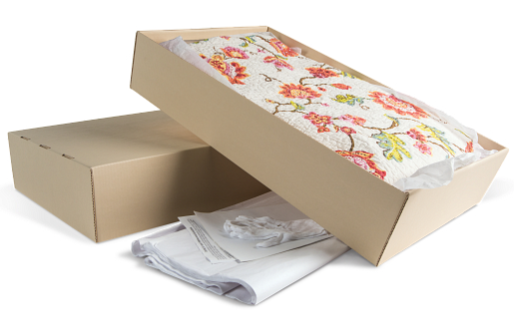
Archival quilt storage solution box
I bought one for my quilts. The only trick is because the E Flute is translucent, it won’t keep the light out. I have a beautiful old velvet album quilt, and I have folded that inside a sheet and put that whole thing in the E flute box, and then stored it in a dark. I have a little archive space where I keep that kind of thing.
They make them different sizes and in kits. I really do recommend them.
Denise recommendation: Quilt Preservation Kit
Lisa: Well, that’s the next thing on my list. I have my husband’s father’s military uniform. Part of what was holding me back in storing it was getting the right kind of box. I was thinking it was going to be one of these really heavy big boxes. So, this sounds like a really nice alternative.
Denise, you’ve given us 10 fantastic archival heirloom solutions. It’s wonderful to hear that they’re available in such a wide variety. Thank you so much, my friend. It’s wonderful to see you and I really appreciate your sharing your knowledge with us.
Denise: Thank you. It’s been nice to talk with you again, Lisa. And hope to see you again sometime soon.
Lisa: Me too!
Resources
- Download the ad-free show notes (Premium Member log in required. Not a Premium Member? Become a Genealogy Gems Premium Member.)
- Subscribe for free to our Genealogy Gems YouTube channel so you’ll never miss another episode.
- Subscribe to my free email newsletter to get notifications of new videos and articles.

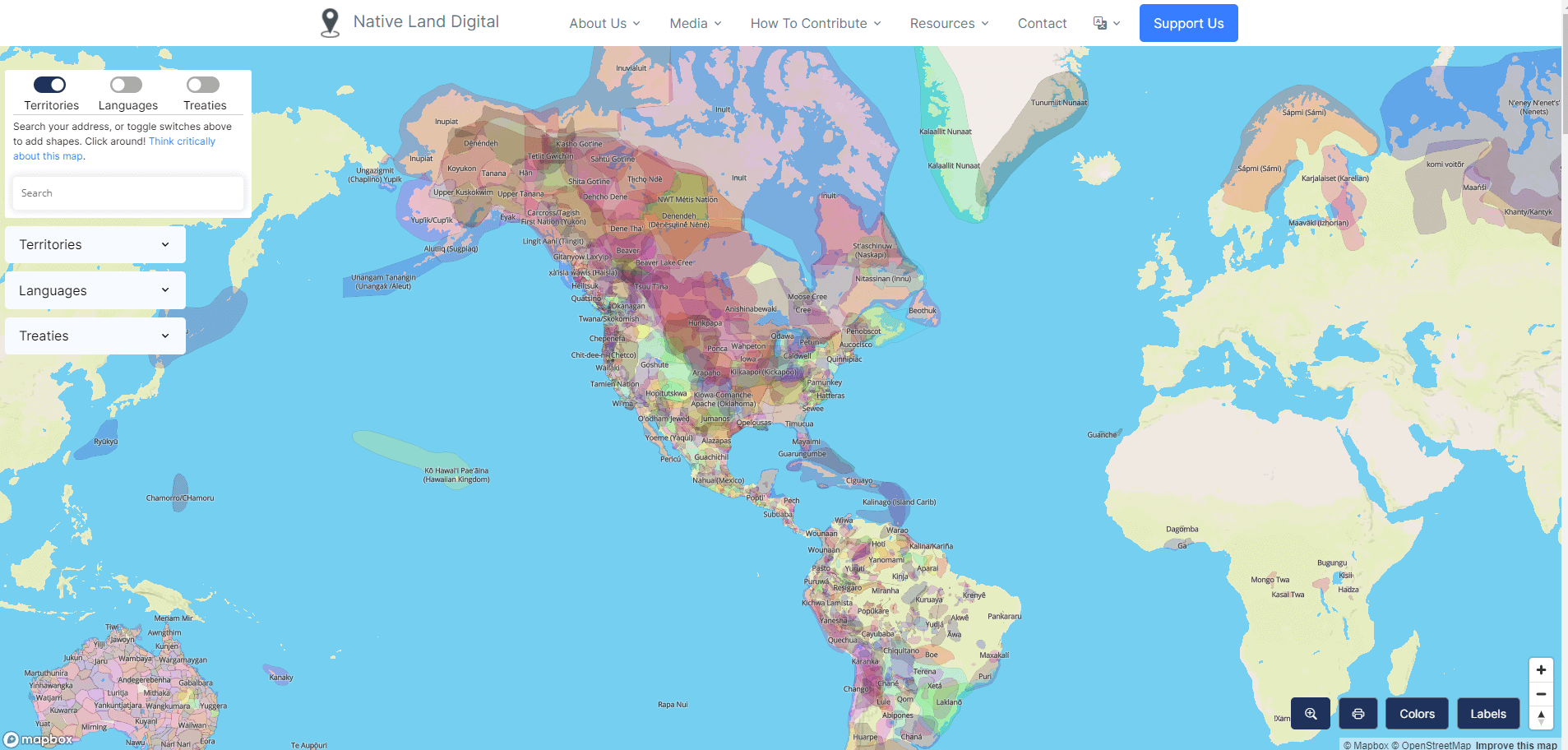
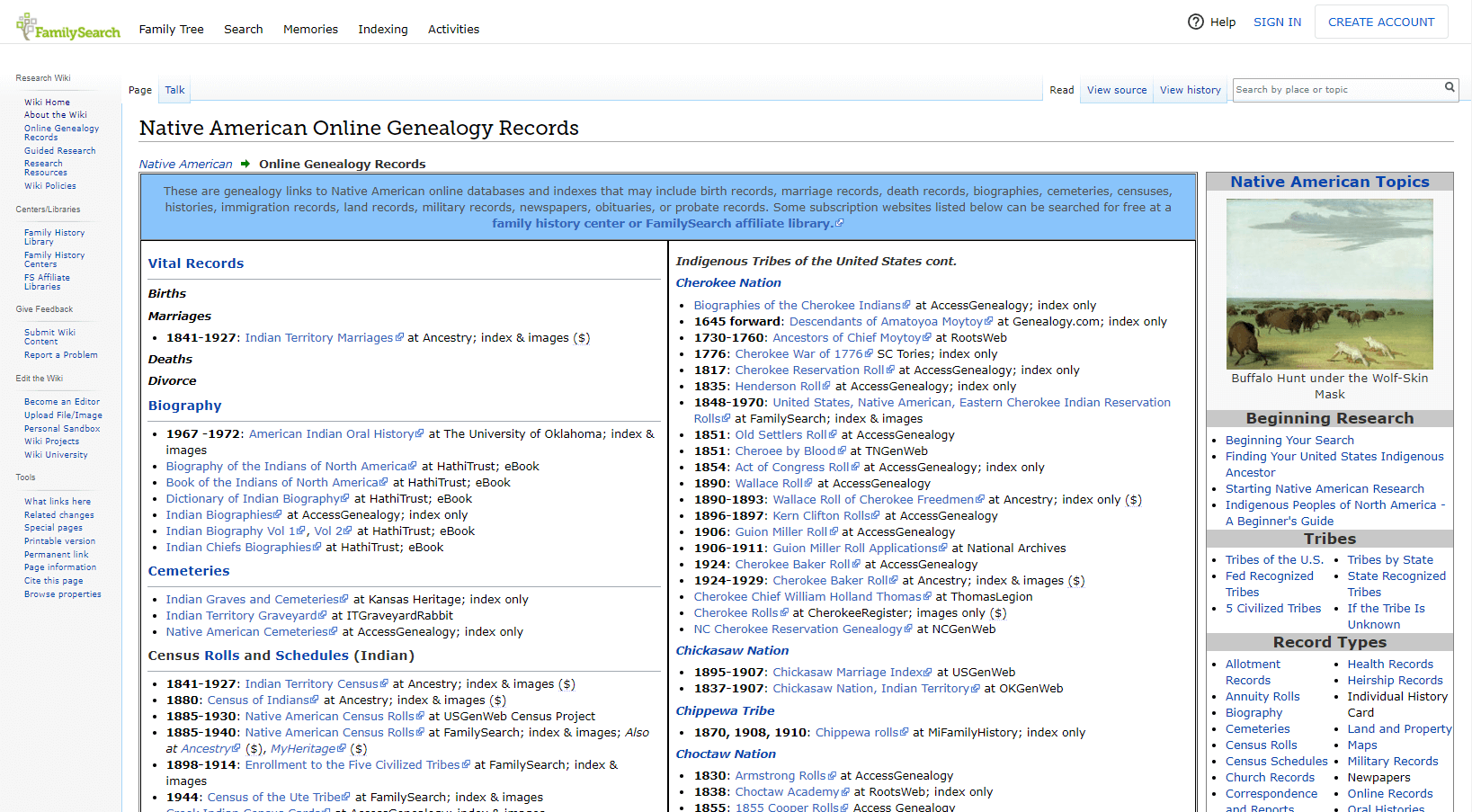
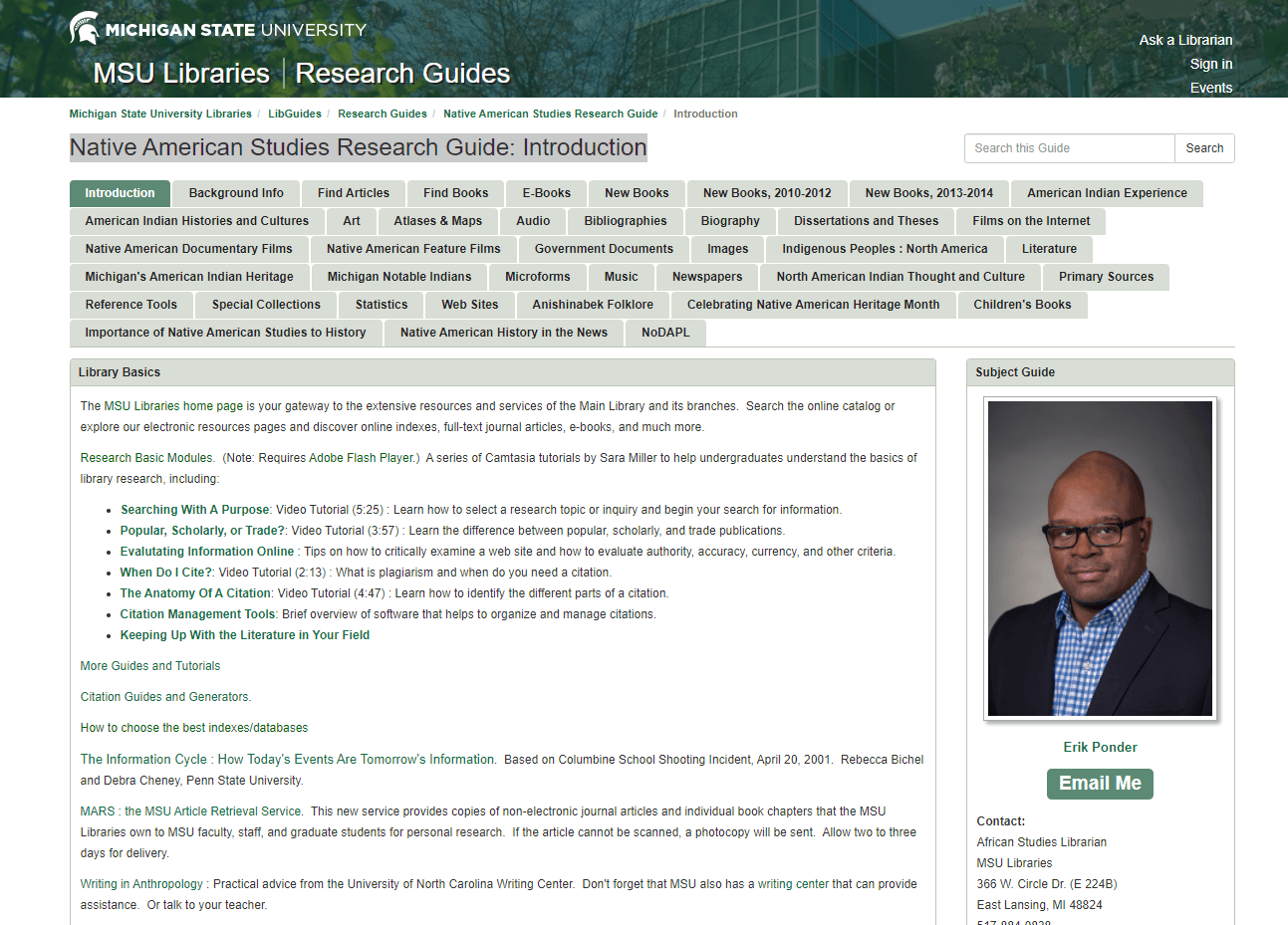

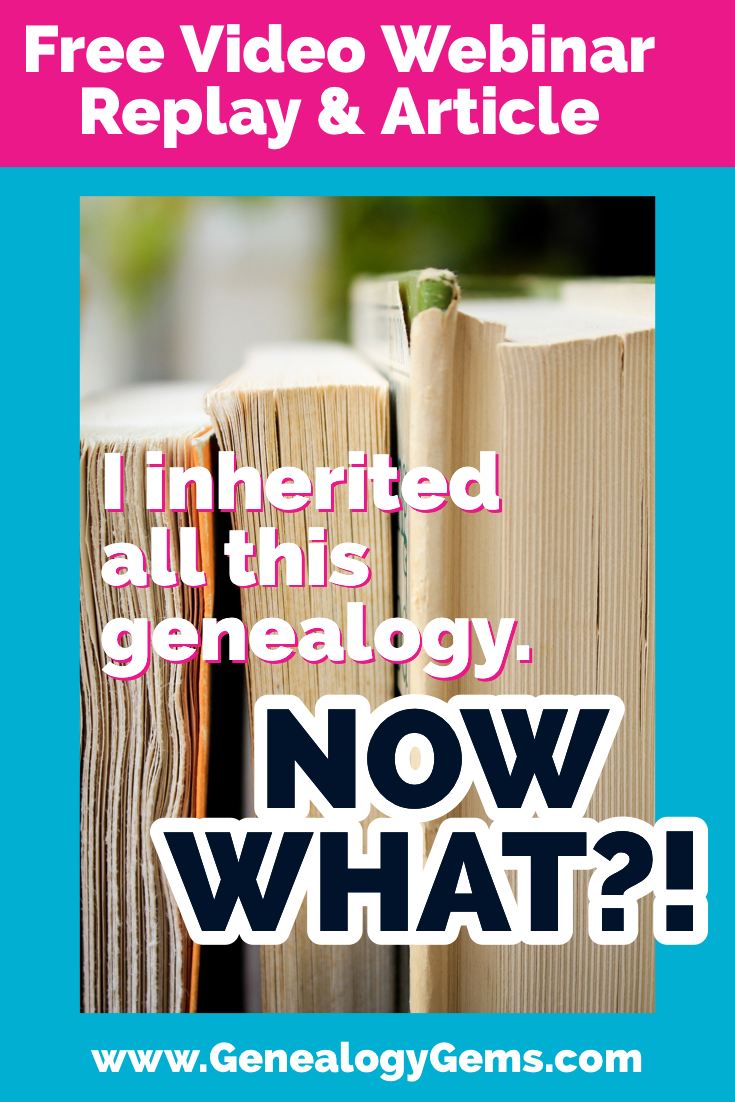

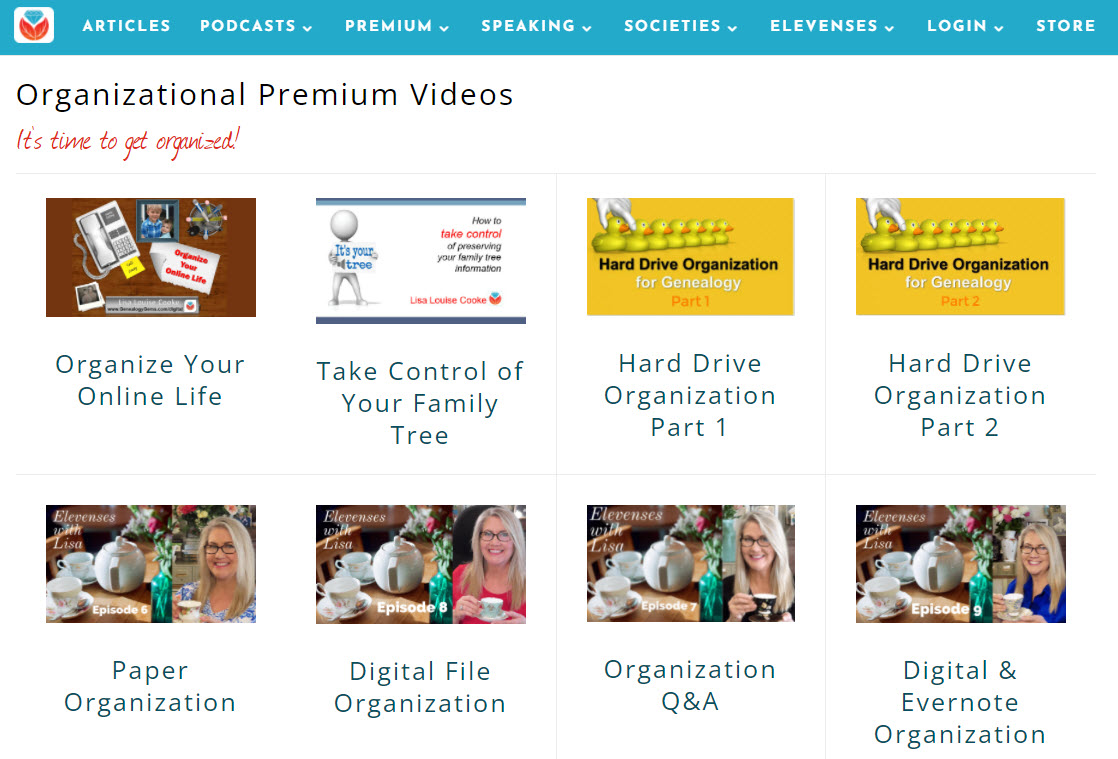
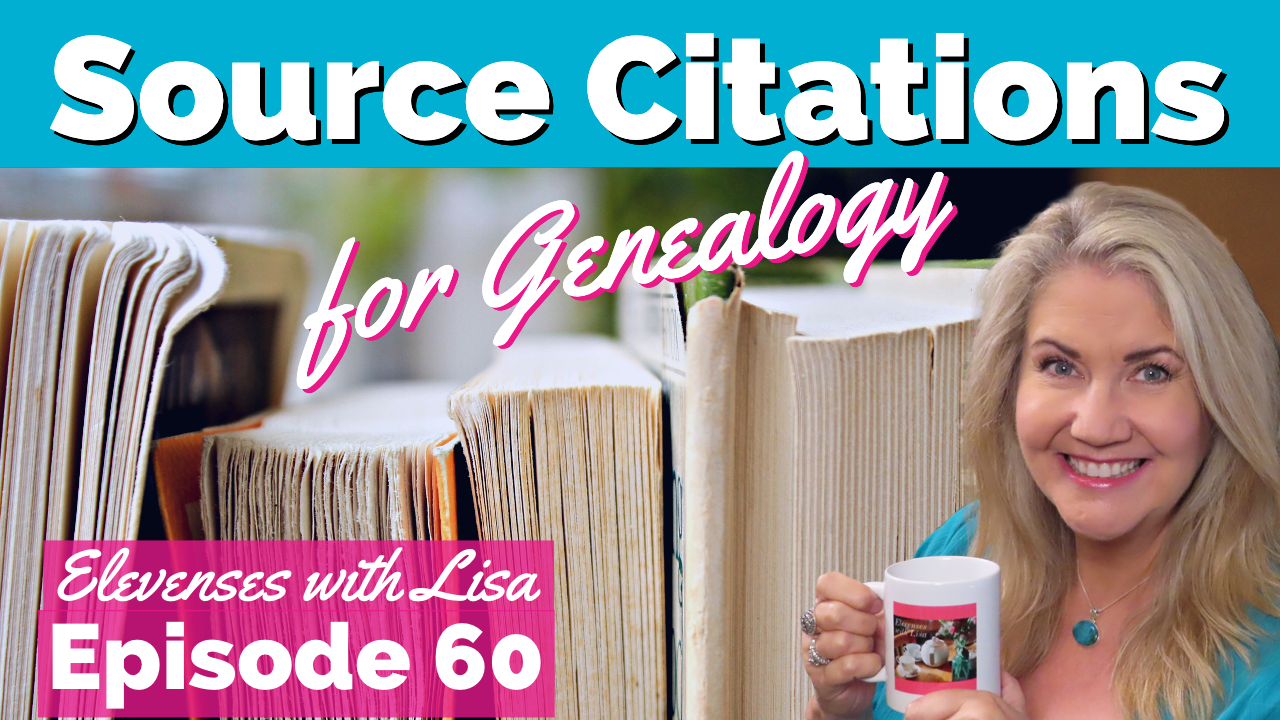
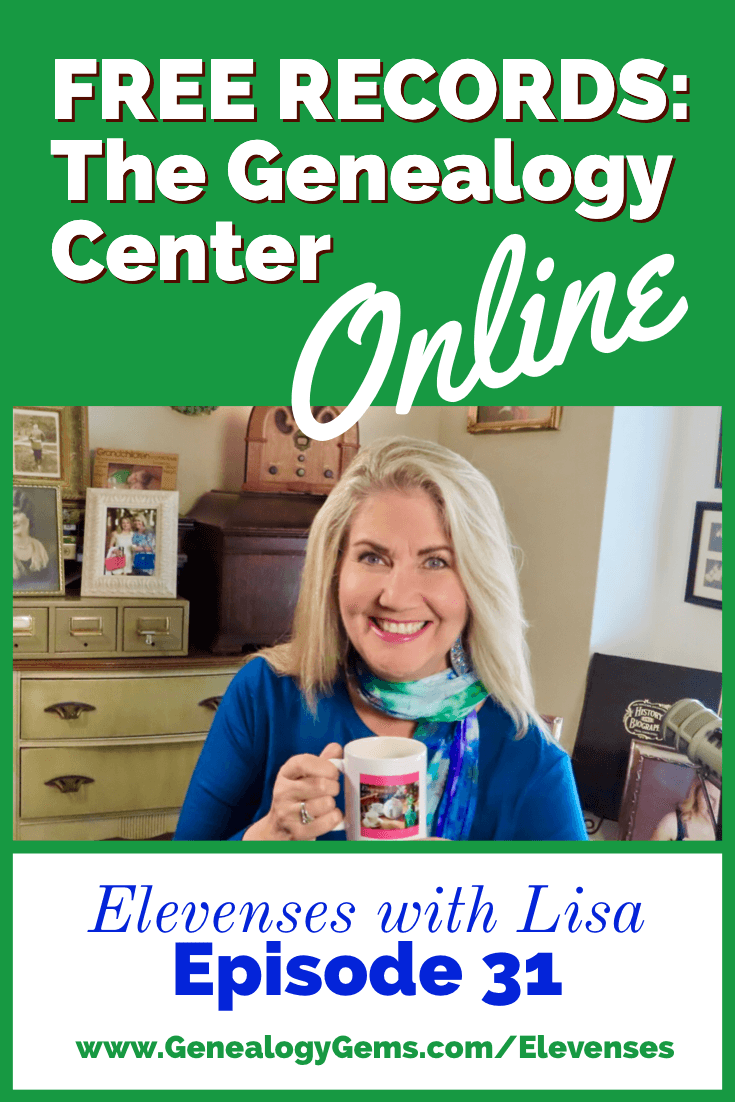
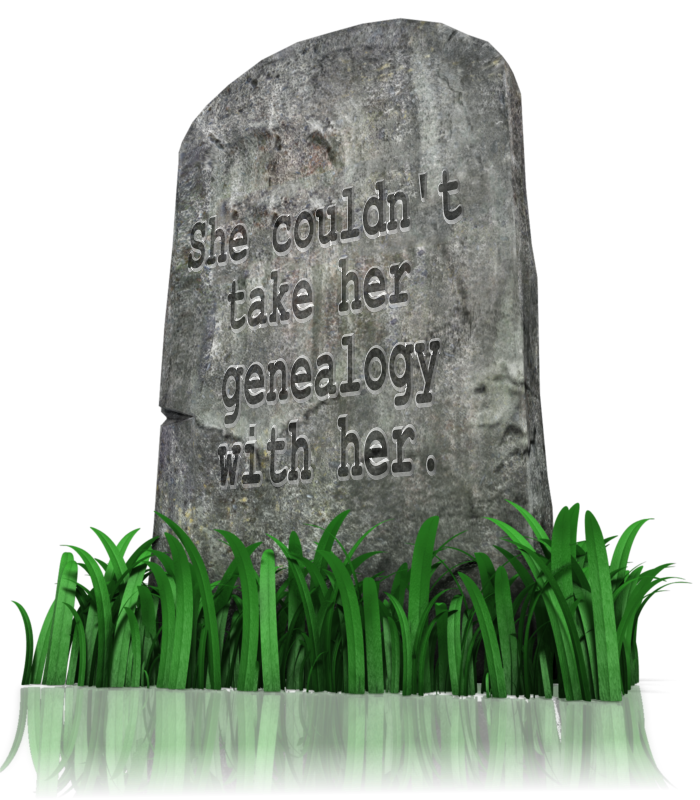
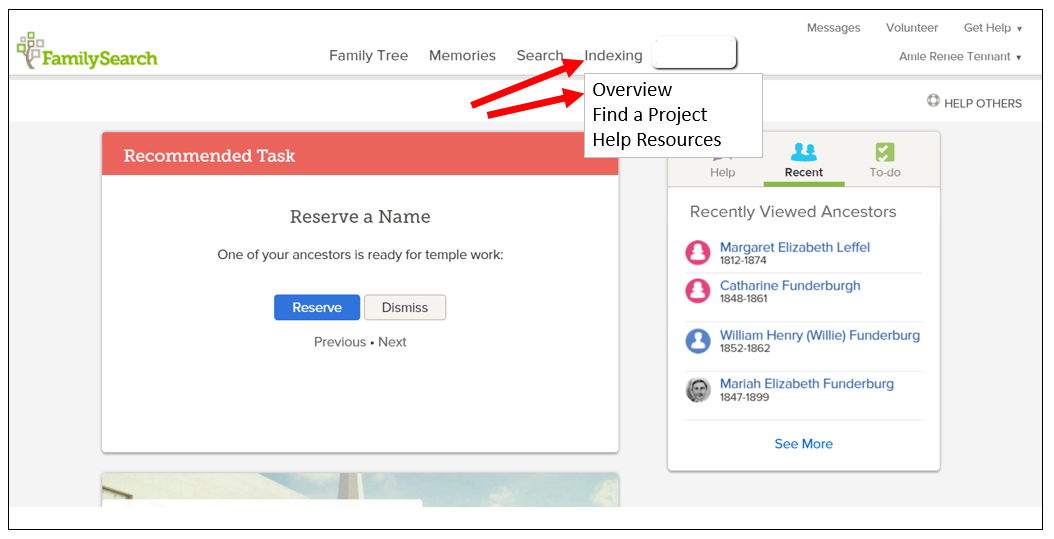 all about making indexing EASIER.
all about making indexing EASIER. P.S. WHY INDEX?
P.S. WHY INDEX?